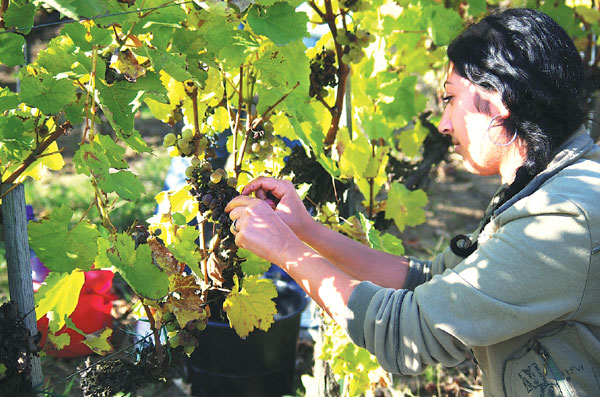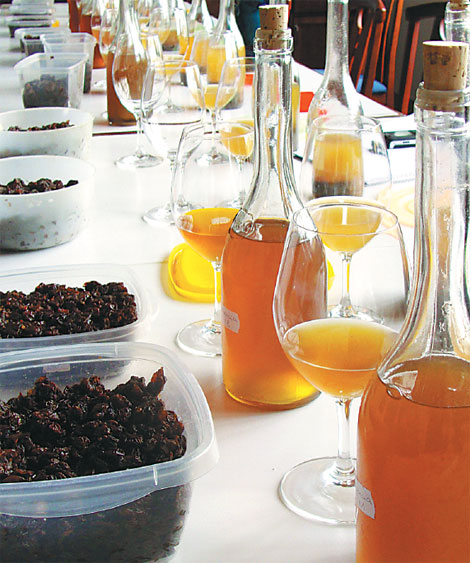Glass of gold
Updated: 2016-07-19 07:27
By Mike Peters(China Daily)
|
|||||||||
Hungary's fabled Tokaj region is pushing hard to bring its famous sweet wines, and intriguing new dry whites, to the global market, Mike Peters reports.
If you believe in medieval legend, I'm about to take a sip of pure gold.
The wine in my glass is the color of saffron, and equally precious. In the days of the Austro-Hungarian empire, this honeyed nectar was so extraordinary that it was reserved for royalty - and mere mortals were convinced it literally had gold in it. Some fortune hunters showed up in the vineyards with shovels.
|
Super-sweet "aszu berries" are carefully picked by hand, as the grapes have been for centuries. Photos Provided to China Daily |
|
Aszu berries are mashed and blended with wine for up to 48 hours during the wine's fermentation process, before a long, cool aging. |
I'm standing in a tasting room that overlooks a picture-perfect vineyard in the largely rural part of Hungary known as Tokaj. The folks around me are eager to restore the international luster of these classic wines famously enjoyed by Holy Roman Emperor Franz Joseph - and Sherlock Holmes.
"Nowadays, sugar is so common that we are used to it in all kinds of foods, from desserts to bread to barbecue sauce," says Peter Szappanos, CEO of Grand Tokaj. "Back then, this kind of rich sweetness was only to be found in honey and in wines like this - and monks and kings pretty much had control of the production of both."
Grand Tokaj is a recently constituted maker and trader of wines, a state-owned organization that grew out of a chaotic effort to privatize the wine industry in the 1990s. Today the company accounts for roughly 40 percent of the total wine production of Tokaj-Hegyalja, a region declared to be the world's first demarcated wine region in 1737.
Szappanos, a former finance executive, is a modest, down-to-earth guy but his vision is big: "Re-establish Tokaji as the world's most valuable and highest quality wine.
Roots of tradition
Since medieval times, "Tokay" has largely meant the rich sweet wine known as aszu. Like all late-harvest wines - and aszu is the latest harvest of all except for ice wines, it is expensive because growers have to gamble, leaving grapes on the vine well past the usual picking time so they develop extra sugars. Some years the weather doesn't play along, and a sudden freeze catches growers off-guard. Even if the grapes don't freeze, sometimes the growing season isn't long enough to produce "aszu berries" - shriveled bronzed grapes with an intense sweetness.
"If we're lucky, we get three harvests of aszu berries in 10 years," says Istvan Balassa, the vineyard boss at Grand Tokaj. The production process also demands extra time and labor. Although a bottle of aged Tokaj aszu can command $150 - and collectors pay much more for bottles from the harvest of their birth year, many winemakers don't want to risk everything on aszu.
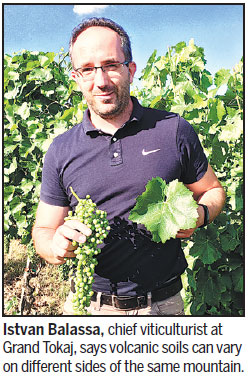
So most are also making something less-traditional, a dry white. The antithesis of aszu, it's not sweet, it's not expensive, and earlier harvests mean you get drinkable wine virtually every year.
The Tokaj industry thrives on two principal grapes, furmint and harslevelu. To oversimplify, furmint has a richer palate, while harslevelu delivers a more compelling aroma - which is why many Hungarian whites are blends of the two.
But tasting reveals it's far from simple, notwithstanding the different ways winemakers make dry whites.
I find myself frowning at a glass.
"I feel like I should know the flavors coming through," I murmur as I swirl and spit yet again.
"The descriptors for furmint include chamomile, loquat and dill," says Grand Tokaj's award-winning chief winemaker, Karoly Ats. We can taste them all with that prompting, including the haunting light fugue of dill.
"That's really interesting," I say, swirling again.
The challenge: Nobody agrees on what "dry furmint" is.
Variety, however, isn't necessarily bad.
"I believe we need very different, hand-crafted furmint wines, reflecting on the maker and the terroir," says David Varga-Sabjan, who has been importing Hungarian wines into China for more than two years. "Then we need a million bottles of standard style, easy to enjoy 50 yuan ($7.50) furmint."
Retaking the crown
Hungary's wine industry went largely below radar in the last half of the 20th century, as the collective farms of the postwar era focused on producing wine in volume, not in quality. "People generally had an average of about half of 1 hectare to farm during those years," says Szappanos, of Grand Tokaj, which has consolidated some holdings to create a 10 million-bottle annual capacity. The goal: Create a stable mix of large and small producers as well as promoting standards and providing marketing support in and beyond the region - a multi-year process.
Across town, Zoltan Demeter pours his take on a dry white. His production is boutique compared with operations like Grand Tokaj and the French-owned winery Disznoko, a favorite in high-end restaurants and duty-free shops. But the region has no stronger champion than Demeter, who has created a foundation to promote the wine region and celebrate the local vineyards' geological diversity.
In his tasting room, he foreshadows the arrival of each glass by presenting a rock from the vineyard that produced it. The soils of the area reflect two different volcanic eras, producing different mineralities from hill to hill - a key reason that equally tasty dry whites are quite different even from adjacent vineyards.
Demeter, however, is most eager to celebrate his sweet wines, the premium aszus that put Tokaj on the map.
"We need to have blind tastings against the top French sauternes," he insists. "People may have forgotten about us, but there is no reason we can't take the crown back after 100 years."
Contact the writer at mikepeters@chinadaily.com.cn
Eye on China
Hungary is one of many countries eager to make a place in the growing Chinese wine market.
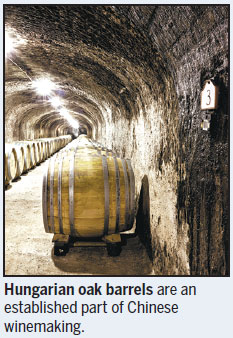
"This wine is just making its debut," says David Varga-Sabjan, an importer who recently hosted a tasting at the Hungarian embassy's cultural center in Beijing. "The first professional introduction was organized by our federation two years ago." A professional panel's seminar and tastings followed last summer, he says. "It's a slow process. We are currently working on a large deal with Grand Tokaj."
The Association of Hungarian Handmade Wines has organized events for several years to explain the country's wine culture to Chinese drinkers. It has produced Hungarian Wines in Chinese Gastronomy, written by Agnes Herczeg and published in both Hungarian and Chinese, which explains how to match different Hungarian wines with Chinese dishes.
The best-known Hungarian brands in China are the "Tokaji" and "Egri Bikaver" (Bull's Blood), but there is growing interest in other Hungarian brands as well, agriculture expert Agnes Karteszi told Chinese media in 2012. "This is partly due to the fact that a relatively large number of Hungarian winemakers are represented in major wine exhibitions and wine dinners with high-quality wines."
Hungary's wine tradition has reached Chinese drinkers in another way: Hungarian oak is used by several winemakers in China, including award-winning Helan Qingxue.
Hungarian barrel maker Trust Hungary announced in 2014 it would build a cooperage in the Huailai area in China's Hebei province after signing a joint venture deal with local wine producer Huailai Amethyst Winery. The volcanic soil of Tokaj means that oak trees grow more slowly, producing wood with a greater hardness; all of the barrels made in China are produced with imported Hungarian oak.
(China Daily 07/19/2016 page19)
- African Union opens with launch of continental passport
- Baton Rouge shooter identified as ex-Marine Gavin Long
- Navy chiefs set for fresh talks on South China Sea
- Arrests hit 6,000 as Turkey cracks down on army and judges after coup bid
- A close look at Theresa May's new cabinet
- More than 70 dead in Nice attack as France marks national day

 Uphill battle for cyclists in downhill race in Zhangjiajie
Uphill battle for cyclists in downhill race in Zhangjiajie
 Shennongjia added to World Heritage List
Shennongjia added to World Heritage List
 Campers sleep perched on cliff face in Central China
Campers sleep perched on cliff face in Central China
 Two giant pandas meet public in NE China
Two giant pandas meet public in NE China
 Ongkor Festival celebrated in Southwest China's Tibet
Ongkor Festival celebrated in Southwest China's Tibet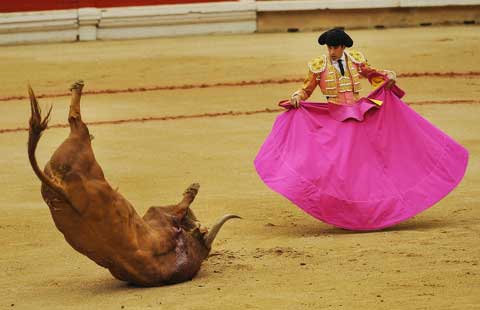
 The world in photos: July 11 - 17
The world in photos: July 11 - 17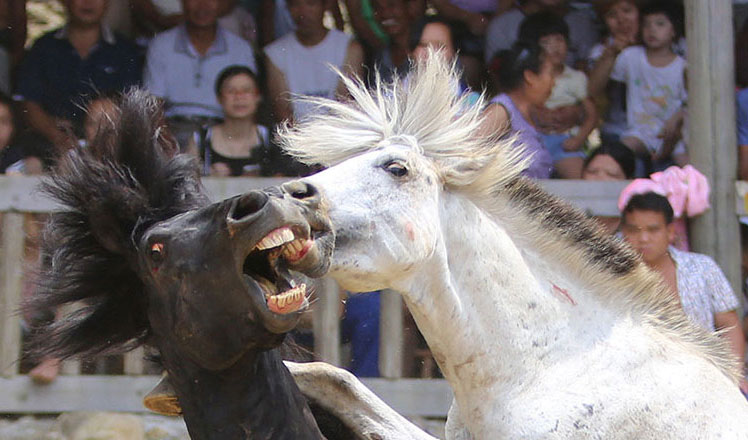
 Ten photos from around China: July 8-14
Ten photos from around China: July 8-14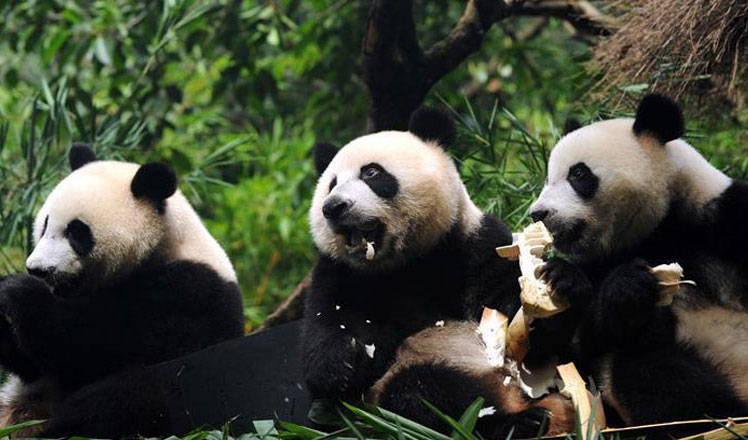
 The only surviving panda triplets weaned from milk
The only surviving panda triplets weaned from milk
Most Viewed
Editor's Picks

|

|

|

|

|

|
Today's Top News
Ministry slams US-Korean THAAD deployment
Two police officers shot at protest in Dallas
Abe's blame game reveals his policies failing to get results
Ending wildlife trafficking must be policy priority in Asia
Effects of supply-side reform take time to be seen
Chinese State Councilor Yang Jiechi to meet Kerry
Chinese stocks surge on back of MSCI rumors
Liang avoids jail in shooting death
US Weekly

|

|
